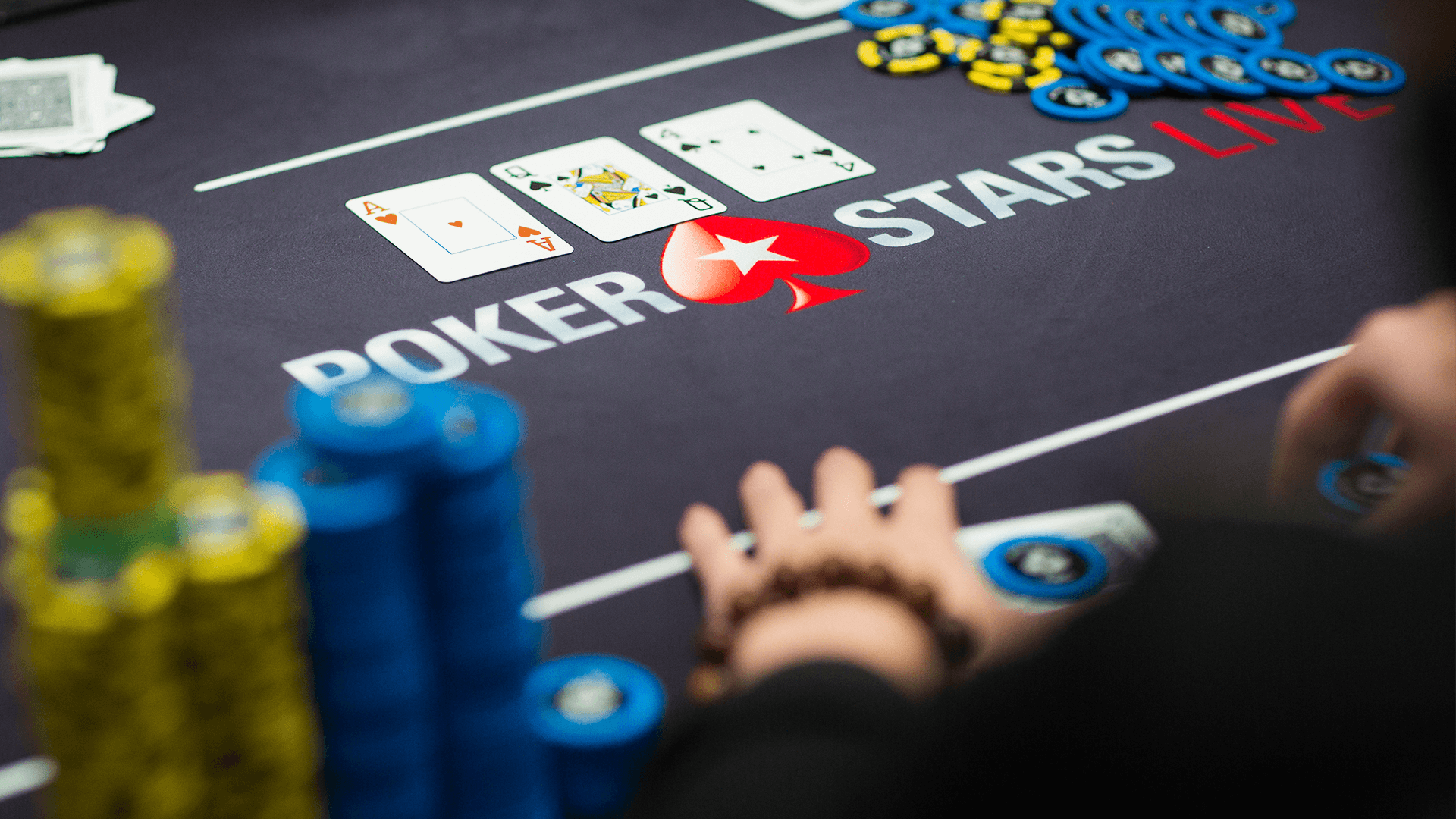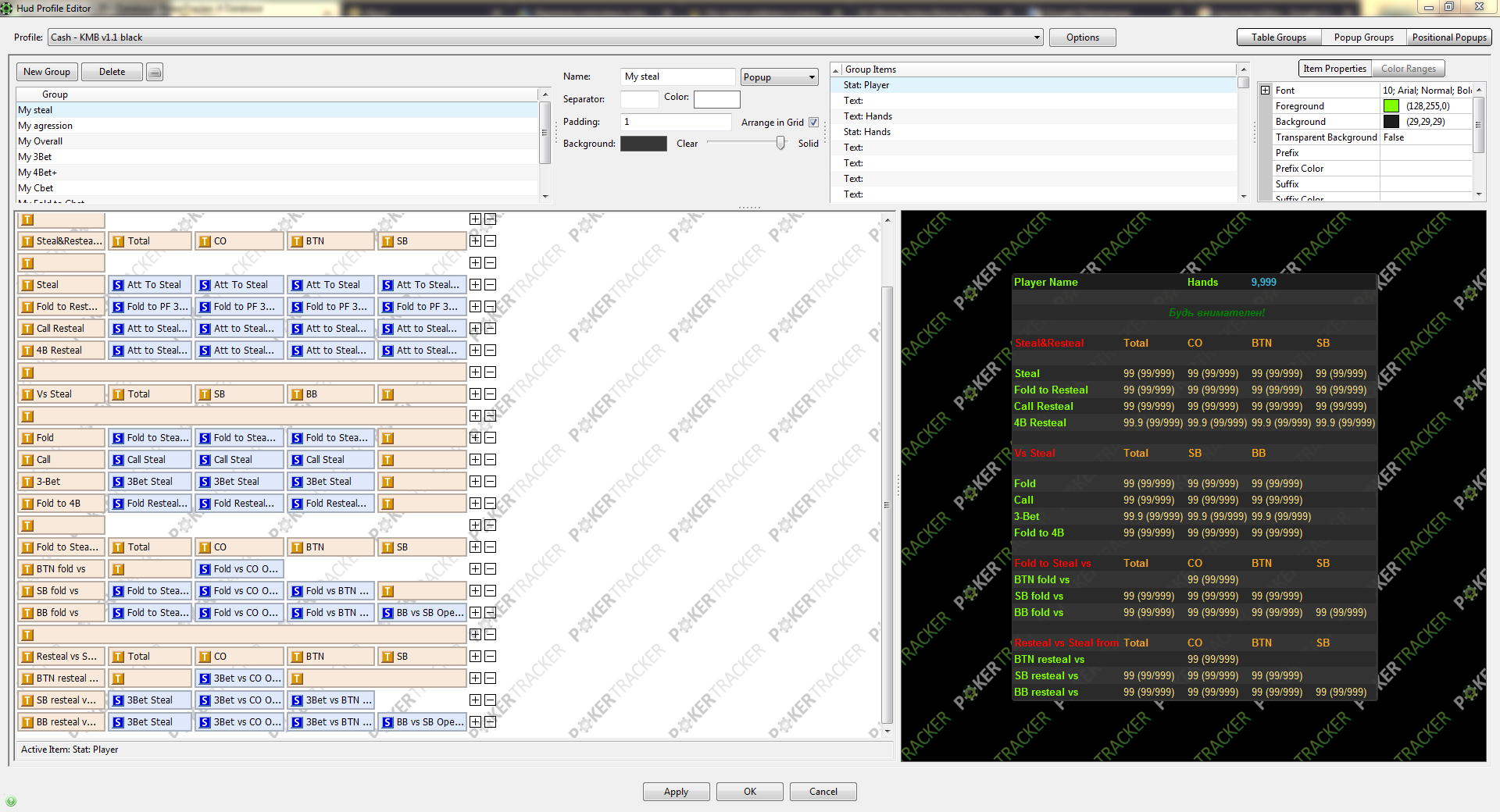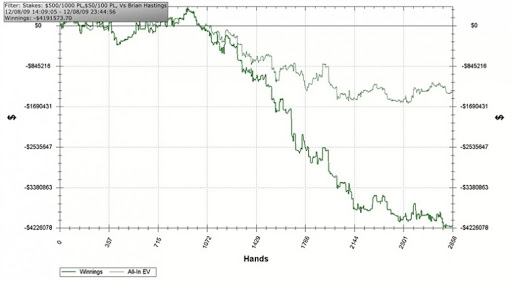What is poker datamining, where to get it, how to use it and avoid the ban (p.1)?

Datamining in poker is one of the easiest ways to increase your profit. In 2020, even the smallest advantage over opponents can play a great role. And, as we will see later, the presence of a large number of hands on opponents is a very weighty argument. In addition, the vast majority of your rivals use a third-party hand history, therefore, you must do this too in order to remain competitive. Along the way, we will answer the most popular questions about the use of poker mining, the necessary samples for an informed decision-making, the positive and negative sides of additional information about opponents.
The concept of "datamining" in poker
Mining (sometimes it also called “Datamining”) is a large database, which is a collection of hands played at a certain limit\in a specific poker room (network). In recent years, mining in the public mind is inextricably linked with cryptocurrency, however, in poker, they’re mining the history of hands, not bitcoins. As a rule, hands are saved in a format that allows you to download them to your poker tracker without additional actions (conversions) and get all the information in a visual form. Roughly speaking, mining is nothing more than a few databases of individual players assembled together.
There are two ways to generate datamining files:
1. Several players cooperate and share their hand histories privately. Not the most convenient option, since even by joint efforts they cover only a small amount of the game, even if they play at the same limit;
2. Hand history services “collect” information about all hand deals played per day using specialized software. This is the preferred option, giving you the opportunity to get almost the entire history of the hands in the greatest possible amount.
Given the huge pool of players in online poker, this is the way that all specialized services offering poker mining use it.
In practice, the use of mining in poker allows you to possess a huge amount of useful information even about those opponents with whom you have not played a single hand. And, as far as we know, information in poker is the most valuable resource.
The benefits of mining
The key advantage of datamining is the need to play just one hand against the opponent and get information about even the most insignificant aspects of his strategy, mistakes and leaks. If you collected data on a specific opponent only during the game, then collecting a comparable hand history would take more than few months. The average regular plays 1.5-2 thousand hands a day for a month.
Suppose that he played 25 days a month, that is, in total, he has about 50,000 hands in the database. Hand history is most often sold in a monthly subscription format. And this means that if he decides to buy poker datamining, then 150-200 thousand hands will be available to him every day. According to the results of the month, almost 100 times more hands will be imported into his database than with the independent hand tracking. Striking contrast, right? What other benefits can be derived from mining:
-
Pre-loaded information about opponents allows you to better table select. All strong players use poker datamining. This allows you to instantly determine whether there are weak players at the table and leave it if they are absent. You will not be meaningless to lose time at a table where there are no recreational players, and knead rake in a game with zero or negative expectations;
-
Exploitation of opponents. At low limits, there are a lot of weak players who constantly make really bad decisions. But the specifics of poker is such that you can play thousands of hands against a specific opponent and only then get accurate information about his significant leaks in the strategy. The presence of a poker lane will allow you to immediately examine its weaknesses and mercilessly exploit them.
-
Painless study of players pool trends. Regular poker players often change one poker room to another. Transitioning is not always easy. One of the most important problems during the “move” is the difference between the new pool of the players and those opponents that the player encountered on the previous poker site. Adaptation takes time, and also provokes the loss of money when clarifying certain features of the game in a new place. All this can be completely avoided or significantly reduced the negative effect due to pre-purchased poker mining. Some poker trackers (for example, Hand2Note) have tools that allow you to study the entire pool or a specific group of players and identify general trends.
-
Easier «transfer» to a new limit. Partially echoes the previous paragraph, only part of your opponents will still have information from your database. Players who do not use mining, when growing by limits, are often forced to be excessively cautious and accurate at the limit above. This is mainly due to two factors. The first is psychological: at the limit above, you lose more money than before. Many players can’t handle with money pressure. The second - is exclusively strategic: you do not have information on your opponents and while it is accumulating, you have no way to exploit their mistakes. In order not to be influenced by both factors, we recommend you buy poker mining before going to the higher limit. This will not completely relieve you of psychological pressure, however, you will avoid the simultaneous overlap of both factors.
-
Learning by borrowing (or requisitioning, as captain Jack Sparrow would say) lines of good players. Some poker players increase their arsenal of skills by analyzing and copying the hands of the strongest players of their limit. By analyzing the large volume of hands played, they can clearly identify the trends of top players and gradually integrate the best lines into their strategy.
This is the main, but by no means exhaustive list of useful properties from mining. However, it has certain disadvantages ...
Number of hands and its importance for good decision
Having information about an opponent’s game is always better than not having it. However, it’s not enough just to buy mining for PokerStars from sky-high limits and go beat Trueteller. The received information still needs to be properly disposed of. Here the concept of “relevant number of hands” plays a significant role. By “relevant number of hands” in poker is meant the number of specific situations sufficient to make an informed and informed decision based on statistical data. Getting enough hands (sometimes called “samples” in English) is one of the main reasons why specialized resources almost always provide mining for poker in the form of subscriptions for a month, and not once or for a week.

Screenshot with statistics. And this is far from the most detailed set (pop-up) with information!
The number of samples sufficient to make an informed decision will differ for each statistic. So, VPIP\ PFR stats that are most popular and in demand in the classification of players will be acceptable to use after 15-20 hands. Here we do not take in our evaluations the guys who play 4\4 handsby limping: for them you don’t need to track another 11-16 hands. The general rule for samples is: the rarer the situation, the more hands will be required to make a truly adequate decision. Therefore, you should not accept the hasty conclusion about the opponent’s bluffing third barrel in a 3-bet pot based on a sample of 500 hands, if the average required value is 5,000 hands.
Examples of minimally sufficient samples:
-
3-bet - 100 hands;
-
Fold to 3-bet - 100 hands;
-
Fold to Flop Cbet - 200 hands;
-
Fold to Turn Cbet - 500 hands;
-
4-bet - 1000 hands;
-
Fold to 4-bet - 1000 hands.
We repeat once again - do not make a decision (especially about the All-In situations), guided by an insufficient number of hands. If you don’t have enough hands, we recommend that you consider your opponent as an unknown player and act accordingly. Otherwise, you risk not only not winning from the poker mining, on the contrary, it will only be harmful to you and your bankroll. By the way, about the negative aspects of the poker mining.
Bans for mining: how to take advantage and avoid punishment
The generalized position of poker rooms and networks regarding the use of mining is unanimous - players are forbidden to use the hand history that they received otherwise than during their own game. All that you personally have played with your opponent and tracked your poker software is yours. Any other information about opponents that you did not collect by yourself is prohibited! I admit honestly, for the author of this article, the threat of a ban served as a convincing argument to avoid the use of mining in poker. Such strict adherence to the letter of the law continued exactly until one of my more sophisticated comrade explained to me popularly what was and wasn’t worth doing. If it is thesis, then the poker room can only learn about your use of mining in the following situations:
-
You upload a huge database with a third-party hand history into your poker tracker with an open poker room client;
-
You have launched special software that automatically downloads mining directly during the game. In general, such programs are called “automatic loaders”;
-
You are broadcasting your poker game on Twitch or other streaming service and the number of hands collected on your opponents is unnaturally large in comparison with the numbers that could only accumulate in your database;
-
You post a screenshot on a poker forum or site, where again you have an incredibly large database of hands history of all opponents.
All of the above situations are easy to suppress with the help of minor precautions. Just load poker mining into your tracker ofline and do not shoot yourself in the knee because of carelessness and frivolity.
In practice, stories with user bans are almost always associated only with Pokerstars. Why only there? The poker client of the most popular room can take screenshots of your desktop and scan running processes. Most of the victims, except, of course, their complete innocence, claimed that they used autoloaders during the game or the icon of such a program was left in a prominent place on their desktop. A typical example of "dementia and courage" in poker realities.
As for the bans due to mining, there is no intelligible information anywhere except PokerStars. Assume that the matter is far from the more compassionate and regular loyal technical support of 888Poker, iPoker Network or Winning Poker Network. A more prosaic explanation is the backwardness of the software of the mentioned poker rooms and the inability to fix the fact of the use of mining when playing poker.
The loudest scandal associated with the poker mining flared up over 10 years ago. In 2009, the then still anonymous and mysterious Isildur1 (Victor Blom) clashed in the HU match against Brian Townsend and lost an incredible 4.2 million dollars in one (!) day. Everything would be fine, but it turned out a little later that Townsend's epic victory was preceded by an exchange of hand histories between him, Brian Hastings and Cole South. As a result, they managed to collect over 30,000 hands on Victor Blom and, on the basis of mining, develop a successful counter-strategy. The result was fabulous $ 4.2 million.

The legendary Isildur1 graphic with -4.2M$
As a result of the scandal, Brian Townsend’s Full Tilt Red Pro status was frozen for 30 days. There were no bans, confiscations of a bankroll for violation of the user agreement. Naturally, nobody returned Isildur1 money. There was a mild penalty for flagrant violation of Full Tilt Poker.
Where to get mining for poker and how to upload it to your poker tracker - more on that in the second part of the material, which is here





 Log in
Log in  Register
Register 